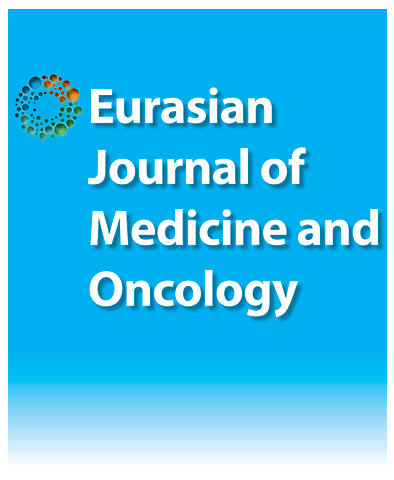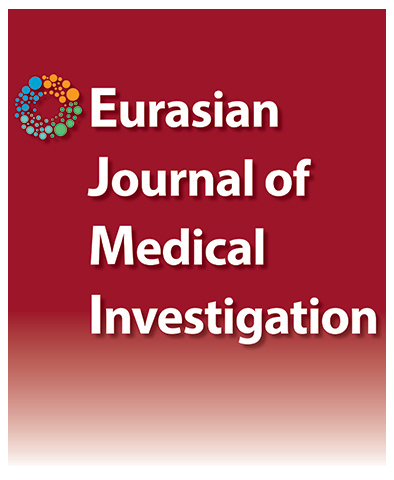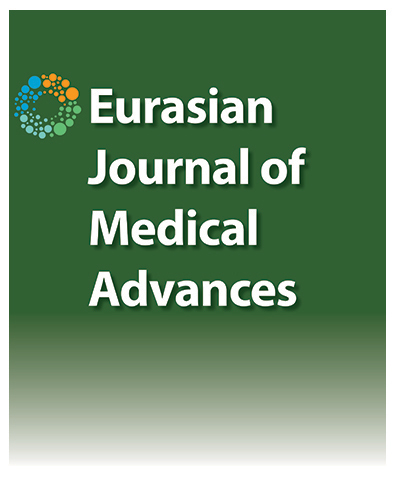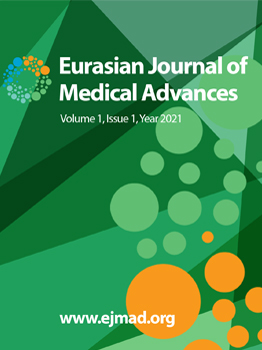The Relationship Between Poor Glycaemic Control and Risk Factors in Patients with Type 2 Diabetes Mellitus
Muhammed Mustafa Atcı1, Özgül Pamukçu Cerciz2, Yusuf Kayar2, Fatih Borlu2, Yüksel Altuntaş31Department of Medical Oncology, University of Health Sciences, Haseki Training and Research Hospital, Istanbul, Turkey2Department of Internal Medicine, University of Health Sciences Faculty of Medicine, Istanbul Sisli Hamidiye Etfal Training and Research Hospital, Istanbul,Turkey.
3Endocrinology and Metabolism, University of Health Sciences Faculty of Medicine, Istanbul Sisli Hamidiye Etfal Training and Research Hospital, Istanbul,Turkey.
Objectives: To identify risk factors for poor glycaemic control in type 2 diabetes mellitus patients.
Methods: We obtained data from type 2 diabetes mellitus patients including their sociodemographic characteristics, body mass index (BMI), duration of diabetes, family history of diabetes, hypertension status, and current antidiabetic medications. At their last follow-up visits, the haemoglobin A1c (HbA1c), fasting glucose level, and lipid profiles were also recorded. Patients with a HbA1C ≥ 7% or a fasting plasma glucose level≥ 140 mg/dl were considered to have poor glycaemic control.
Results: Of the 500 patients included in this study, 51.2% (n=256) were female. The average HbA1c level was 7.7% of whom 67% had a HbA1c level ≥ 7%, and 48% had a fasting plasma glucose≥ 140 mg/dl. Better glycaemic control rates (HbA1c < 7% and/or fasting plasma glucose < 140 mg/dl) were noted in patients with a shorter diabetes duration, no family history of diabetes, higher educational status, a lower waist circumference, and no hypertension, who were married and currently working, had been prescribed only oral antidiabetic agents and whose triglyceride levels were < 150 mg/dl. Independent risk factors for poor glycaemic control were longer duration of diabetes, diagnosed with diabetes at an earlier age, lower education level, higher triglyceride levels, being single and receiving insulin therapy.
Conclusion: It could be suggested that waist circumference and triglyceride levels may be important parameters than BMI and cholesterol levels for glycaemic control. However, these data should be confirmed by further prospective studies.
Corresponding Author: Muhammed Mustafa Atcı, Türkiye
Manuscript Language: English






